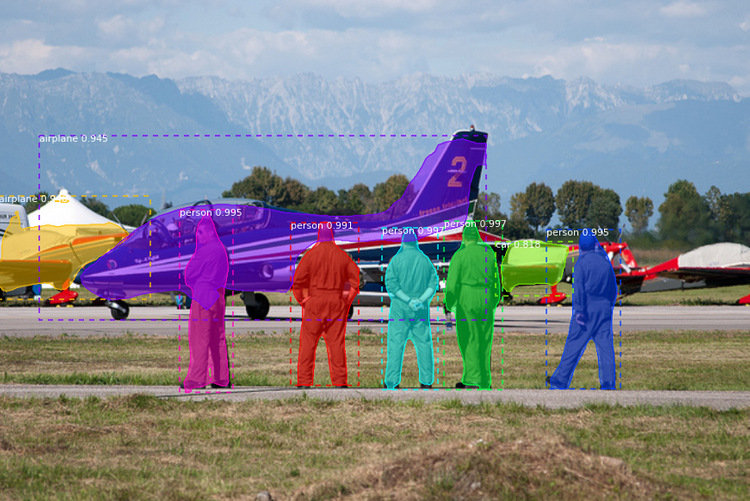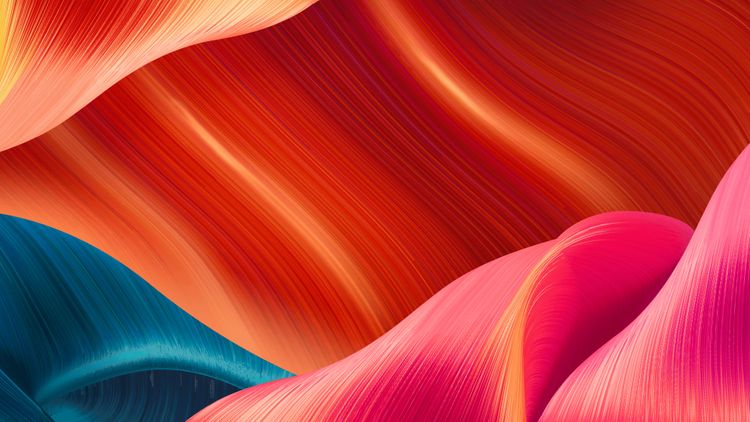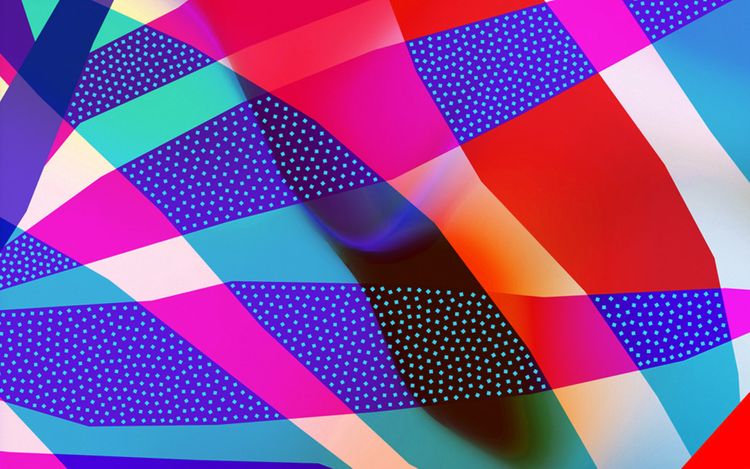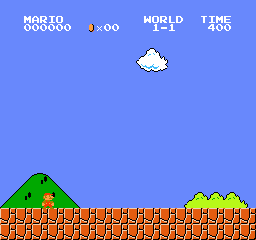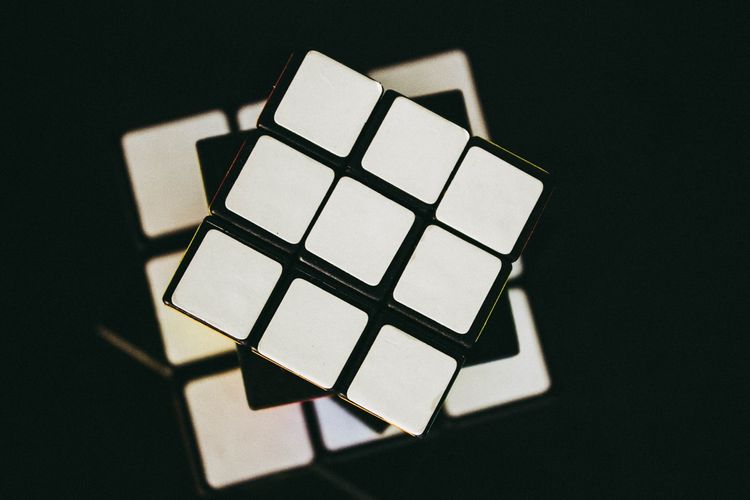Attention Mechanisms in Recurrent Neural Networks (RNNs) With Keras
This series gives an advanced guide to different recurrent neural networks (RNNs). You will gain an understanding of the networks themselves, their architectures, their applications, and how to bring the models to life using Keras.



